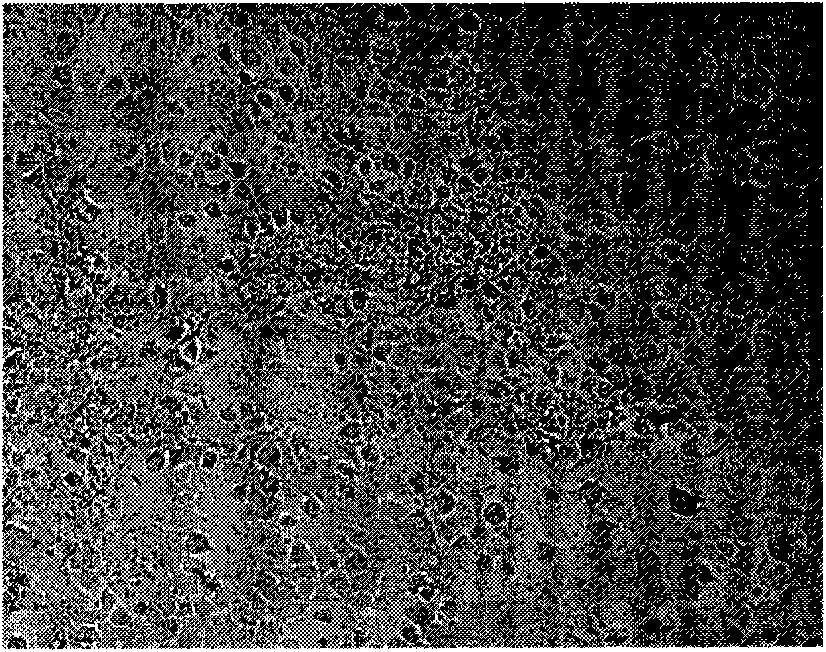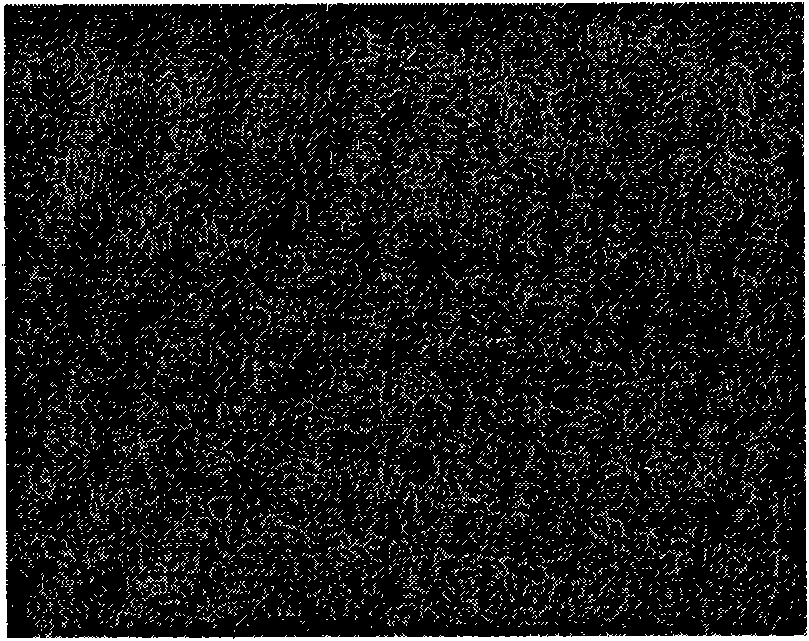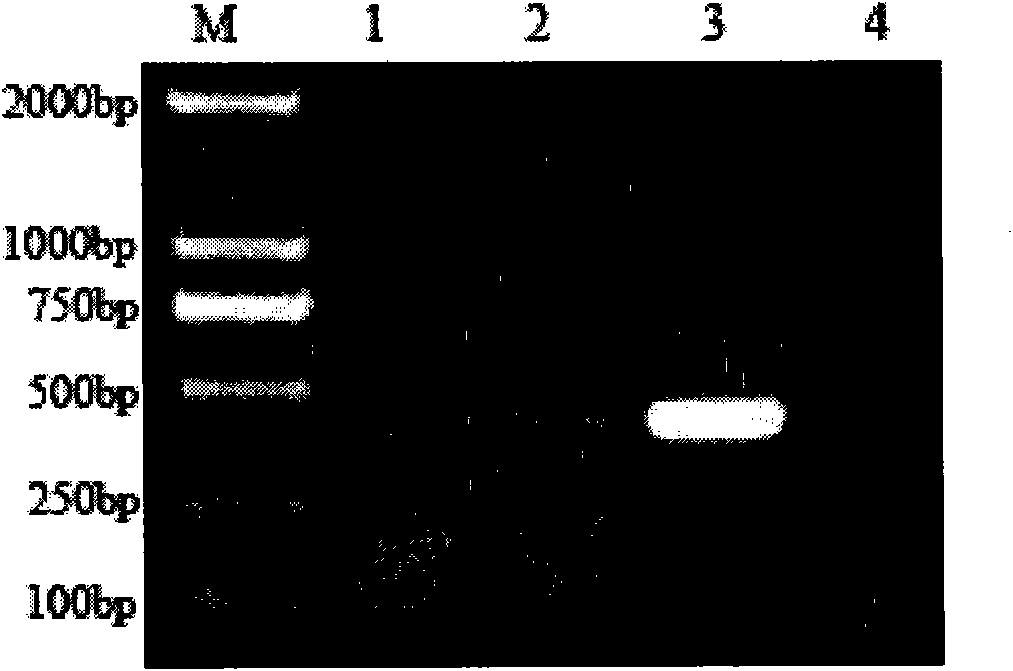Pig small intestine epithelial cell line and construction method thereof
A technology of epithelial cells and establishment methods, applied in the field of porcine small intestinal epithelial cell lines and their establishment, can solve the problems of small number of cell growth, inconvenient popularization and application, high production cost, etc., and achieve good growth status, low nutritional requirements, The effect of strong vitality
- Summary
- Abstract
- Description
- Claims
- Application Information
AI Technical Summary
Problems solved by technology
Method used
Image
Examples
Embodiment 1
[0040] The establishment method of embodiment 1 porcine small intestine epithelial cell line (ZYM-SIEC02)
[0041] (1) Aseptically collect and isolate the ileum or jejunum section of the small intestine of newborn piglets, and use the tissue block method to separate and culture intestinal epithelial cells, at 37 ° C, 5% CO 2 Cultivate in the incubator for 7-12 days.
[0042] (2) Using liposome transfection method, the eukaryotic expression plasmid pCI-neo-hTERT encoding hTERT and neo genes was introduced into primary cultured porcine intestinal epithelial cells for transfection.
[0043] (3) 24 hours after the cells were transfected with the pCI-neo-hTERT eukaryotic expression plasmid, they were digested with ATV and passed to another culture dish at a ratio of 1:1. After 48 hours, 600 μg / mL G418 was added for selection. On the third day, the cells began to After death, the culture medium was changed every three days and 600 μg / mL G418 was added to continue screening. After 9 d...
Embodiment 2
[0054] Example 2 Cell Morphological Characteristics
[0055] After transfection, the morphological changes of the cells were observed under a phase-contrast microscope, and compared with primary porcine small intestinal epithelial cells (such as figure 1 )Compare.
[0056] ZYM-SIEC02 (such as figure 2 ) is similar to the primary cells in shape, the central nucleus of the cells is obvious, and 2 or more nucleoli can be clearly seen. Most of the cells were polygonal or oval in shape, and the cells were arranged in a typical cobblestone-like arrangement, and there was contact inhibition between cells.
Embodiment 3
[0057] Example 3.RT-PCR detection of exogenous hTERT expression in transfected cells
[0058] (1) Primer design and synthesis
[0059] Design a pair of specific detection primers according to the human telomerase reverse transcriptase gene reference sequence published in GenBank (Accession No. NM-198255), the upstream and downstream primers are P1: 5′-TATGCCGTGGTCCAGAAG-3′; P2: 5′-TATGCCGTGGTCCAGAAG-3′, the size of the amplified fragment is 416bp, and the primers were synthesized by Beijing Sanbo Polygala Biological Co., Ltd.
[0060] (2) Extraction of total cellular RNA
[0061] ①The transfected cells and the primary cells were digested with ATV and inoculated into 35 mm culture dishes. After the cells covered the monolayer, they were taken out, washed twice with sterilized PBS, and the liquid was discarded.
[0062] ② Add 750 μL Trizol reagent, mix up and down, and after the cells are completely lysed, pipette the cell lysate into a 1.5 mL sterilized EP tube treated with D...
PUM
 Login to View More
Login to View More Abstract
Description
Claims
Application Information
 Login to View More
Login to View More - R&D
- Intellectual Property
- Life Sciences
- Materials
- Tech Scout
- Unparalleled Data Quality
- Higher Quality Content
- 60% Fewer Hallucinations
Browse by: Latest US Patents, China's latest patents, Technical Efficacy Thesaurus, Application Domain, Technology Topic, Popular Technical Reports.
© 2025 PatSnap. All rights reserved.Legal|Privacy policy|Modern Slavery Act Transparency Statement|Sitemap|About US| Contact US: help@patsnap.com



